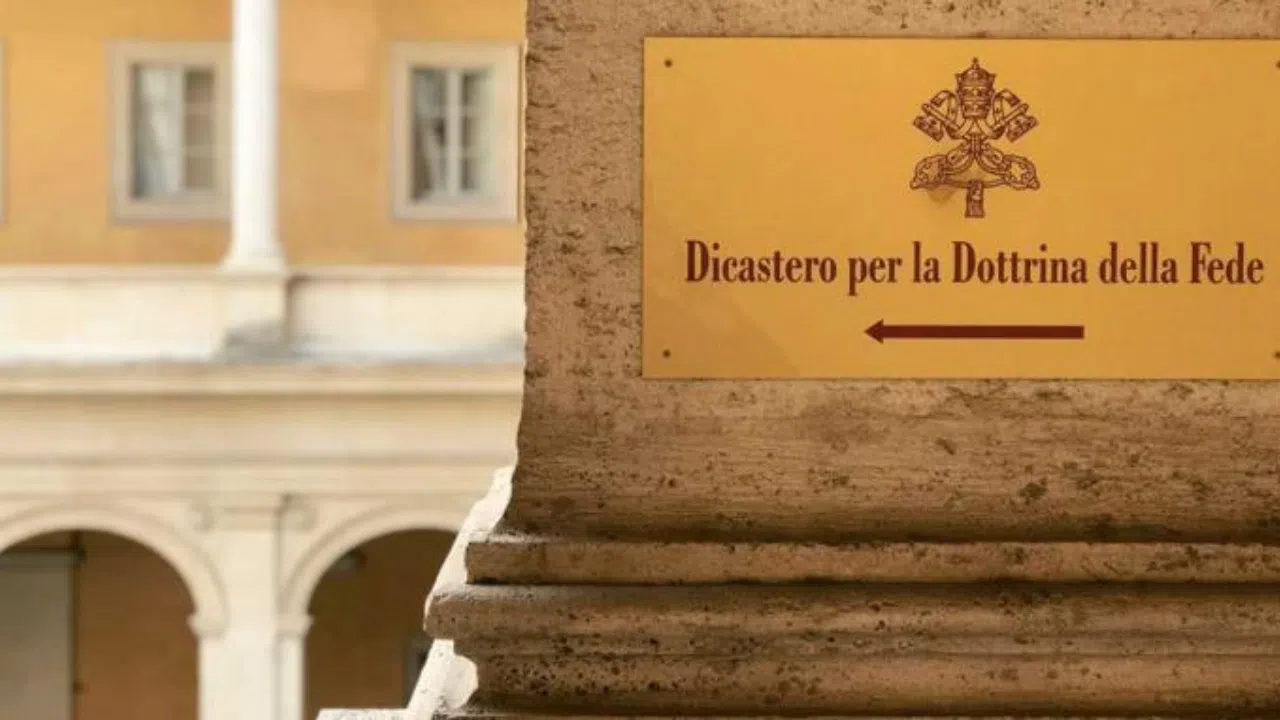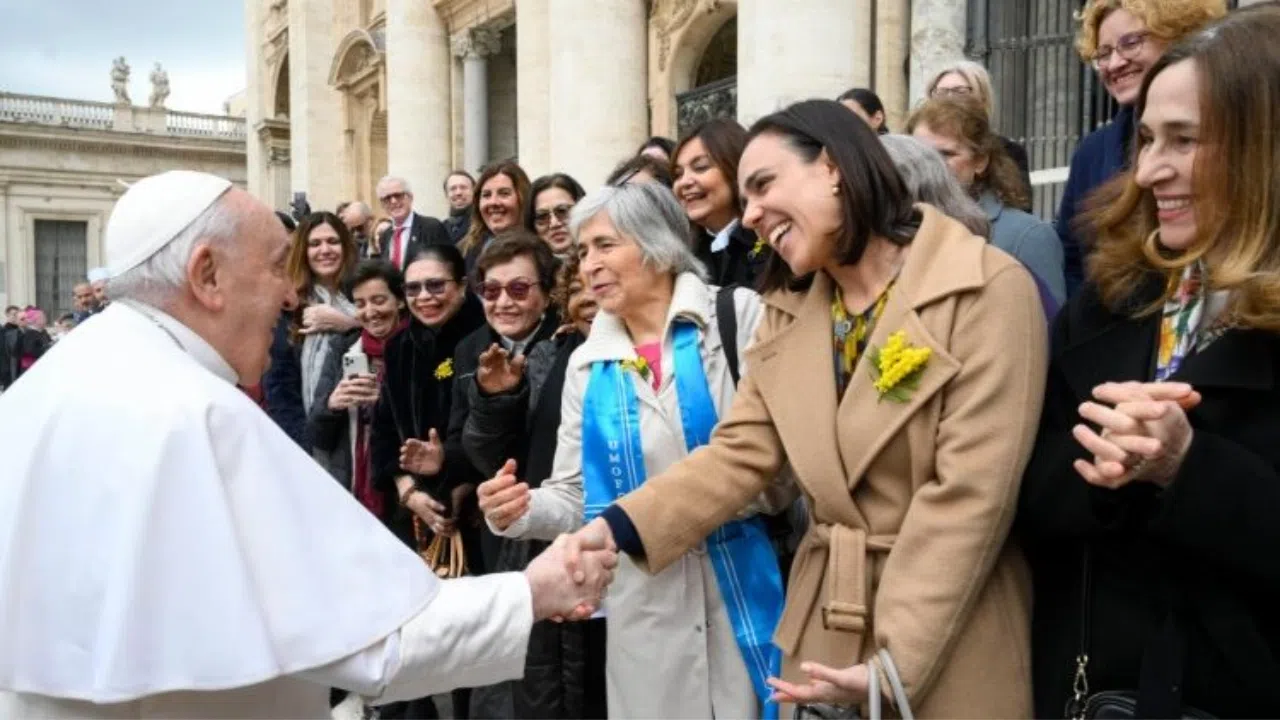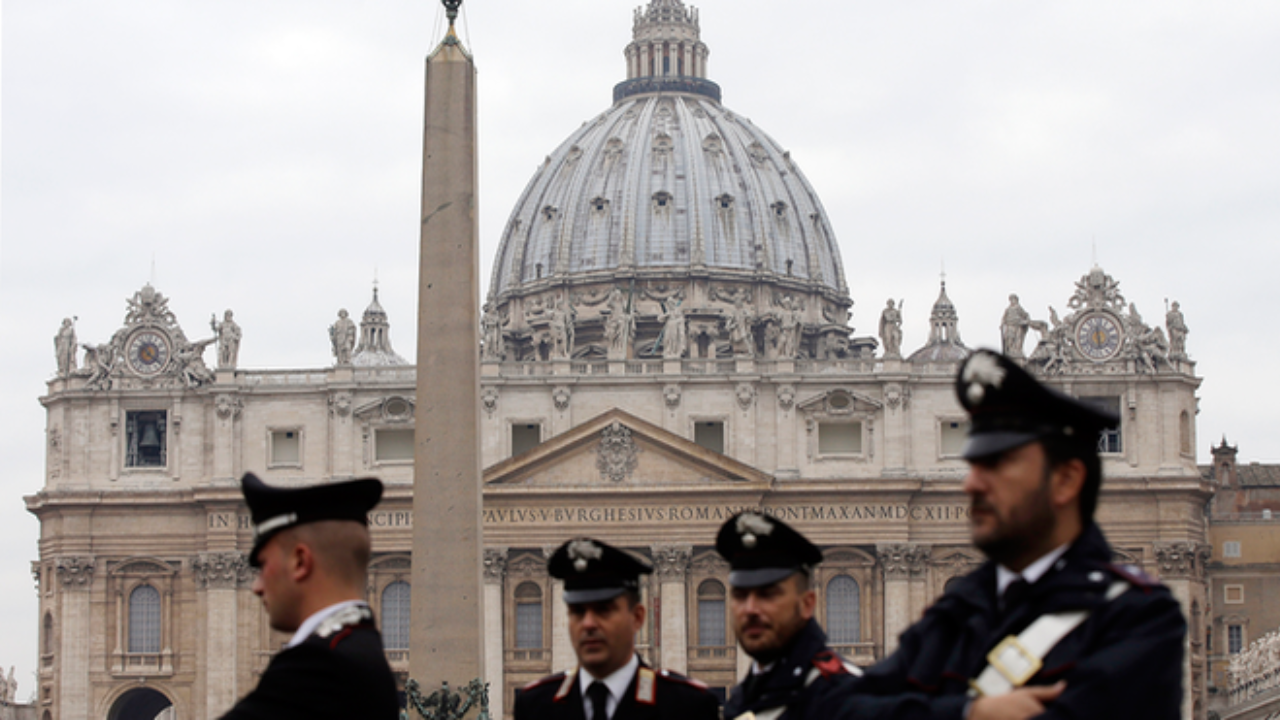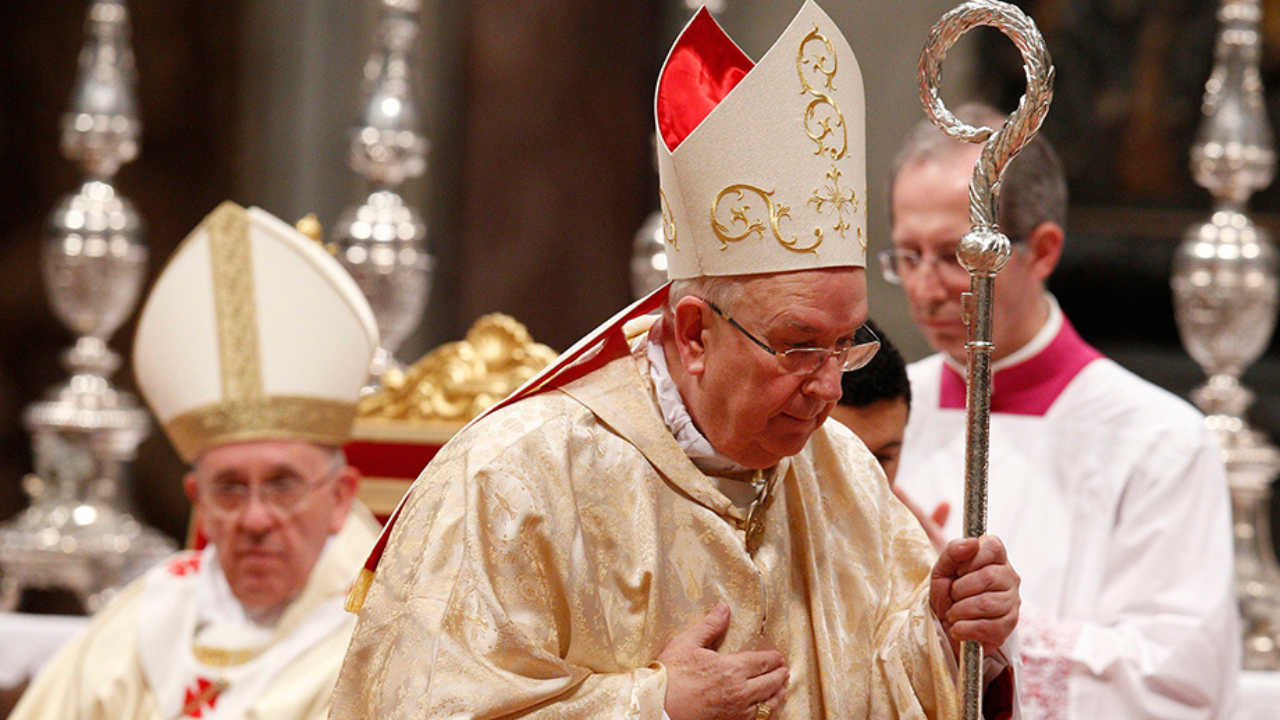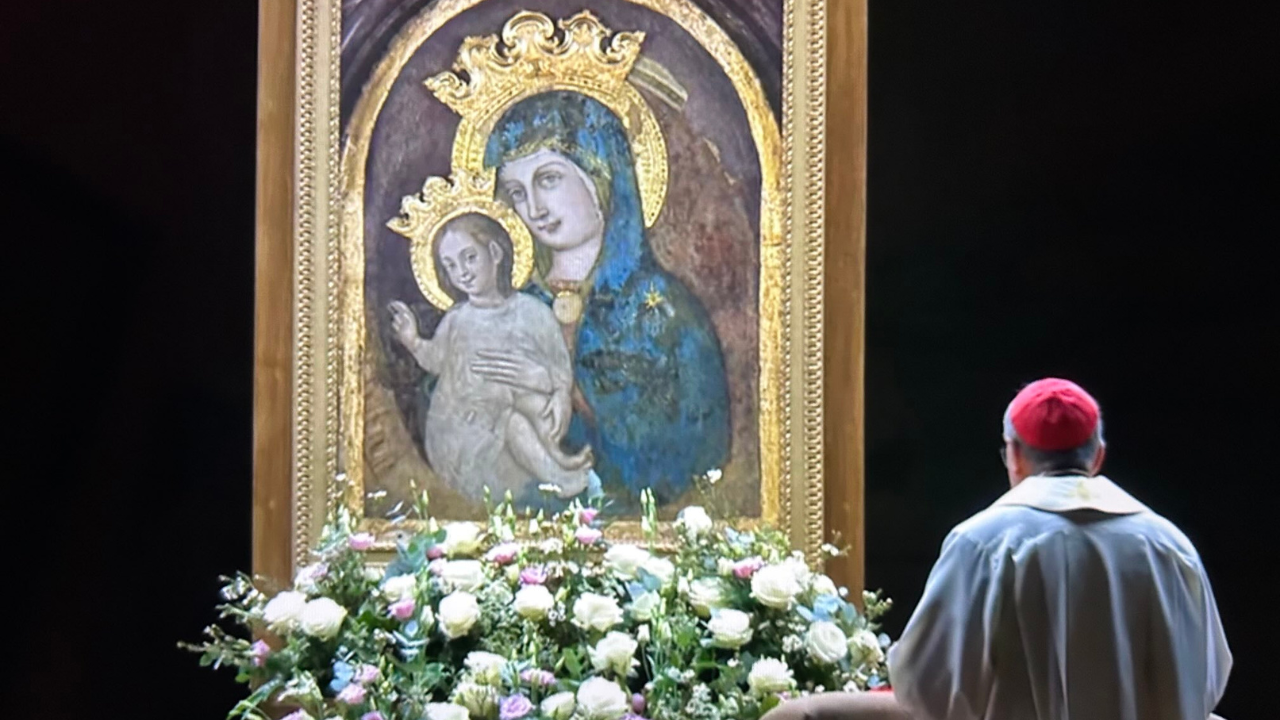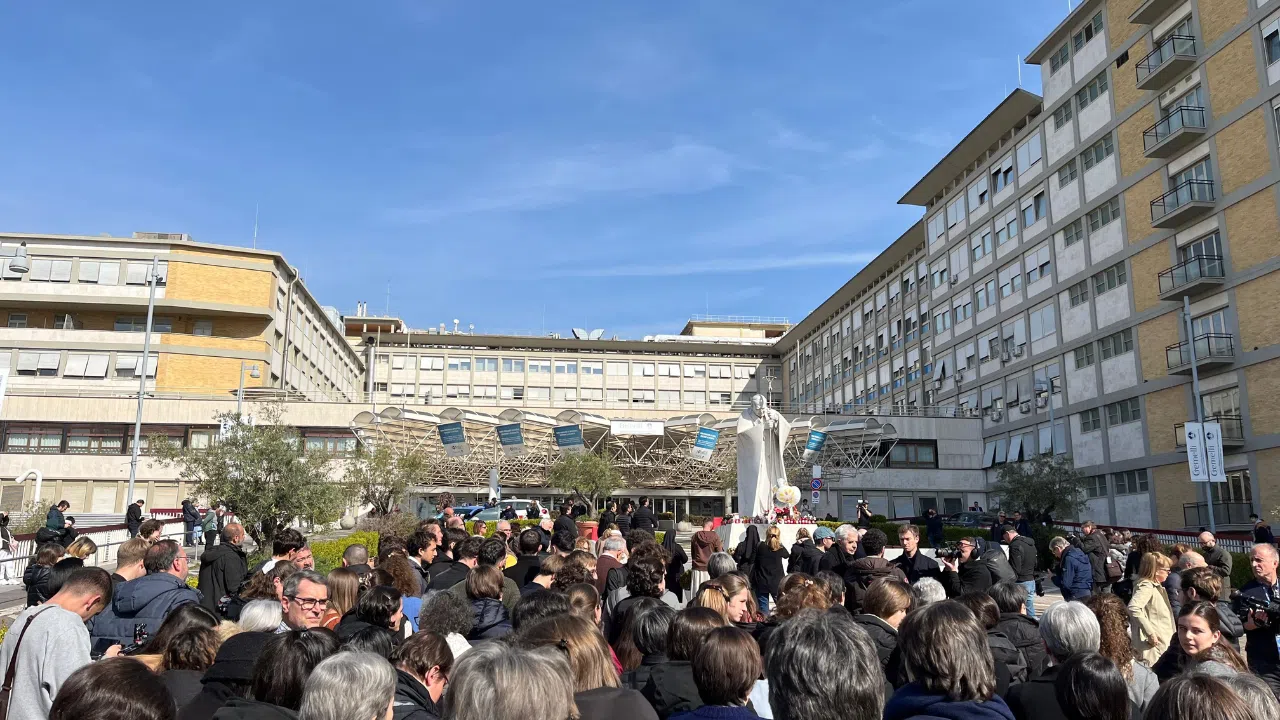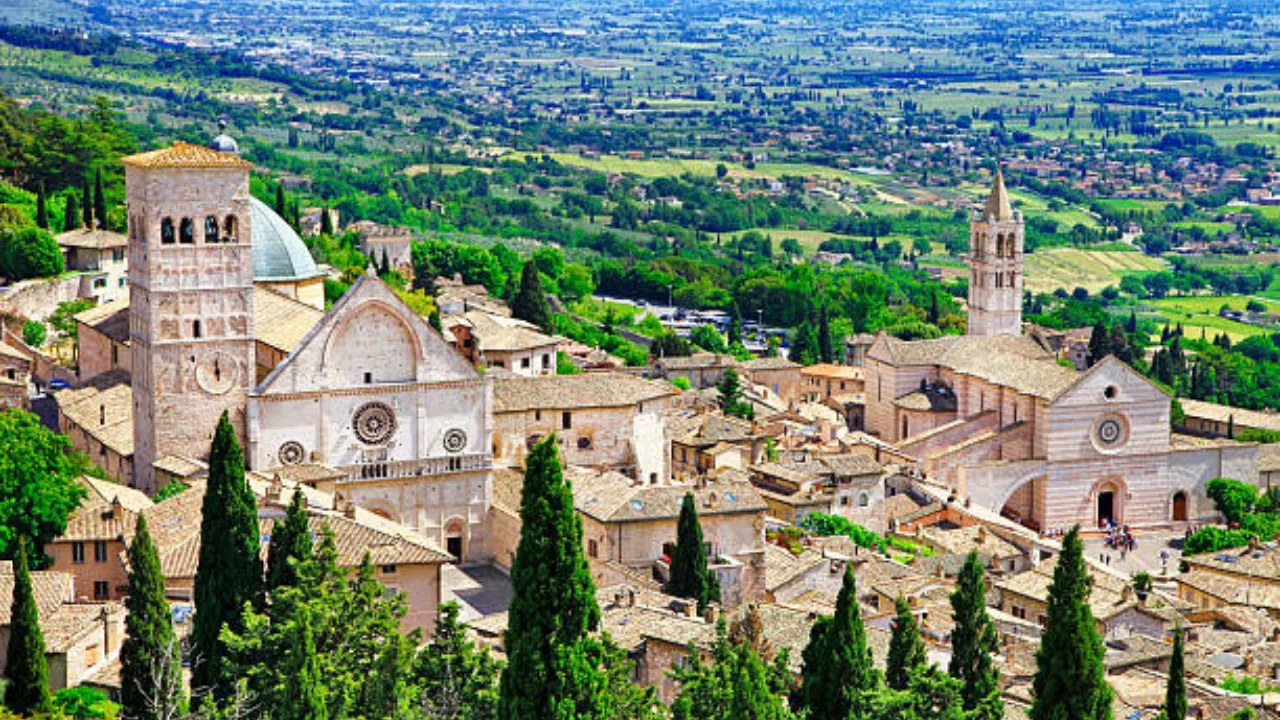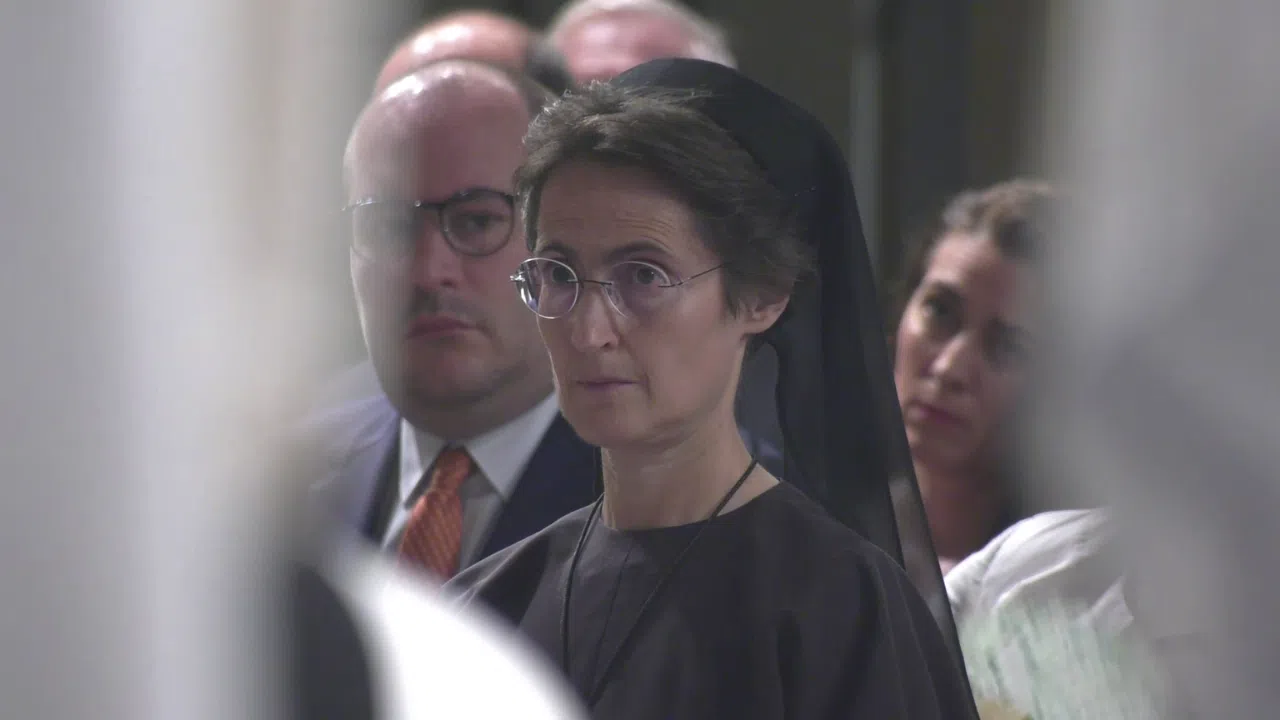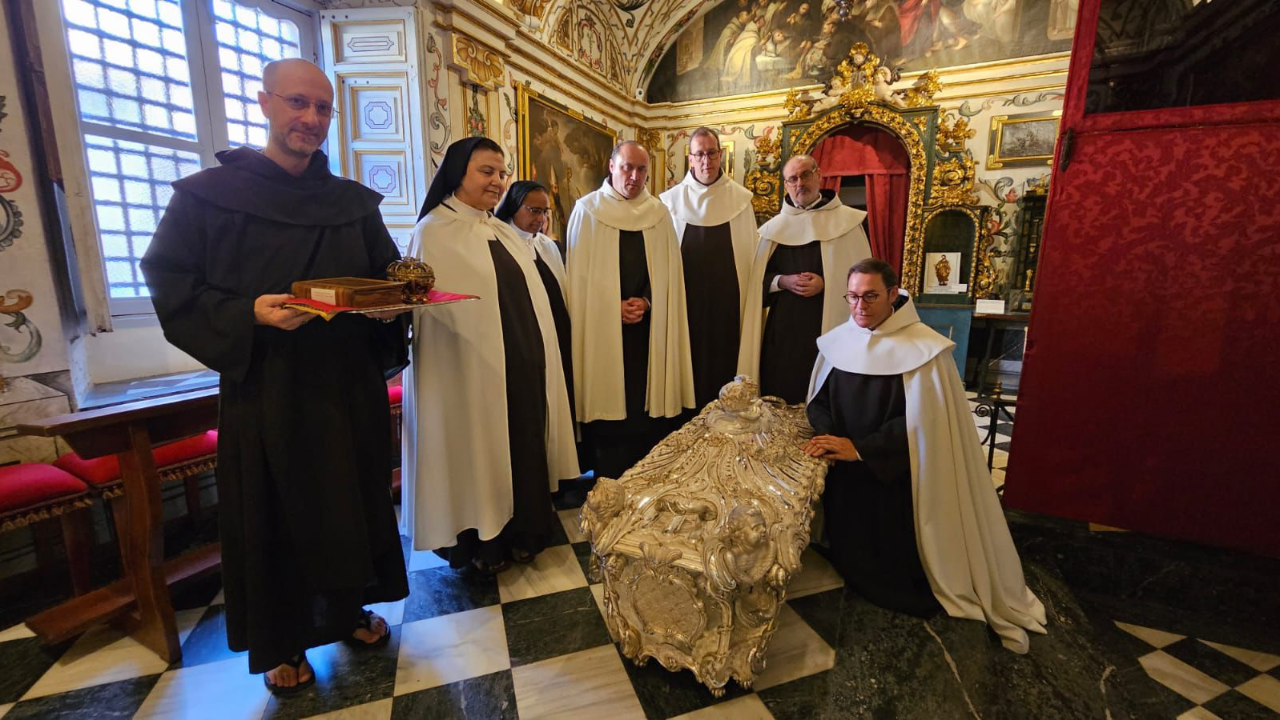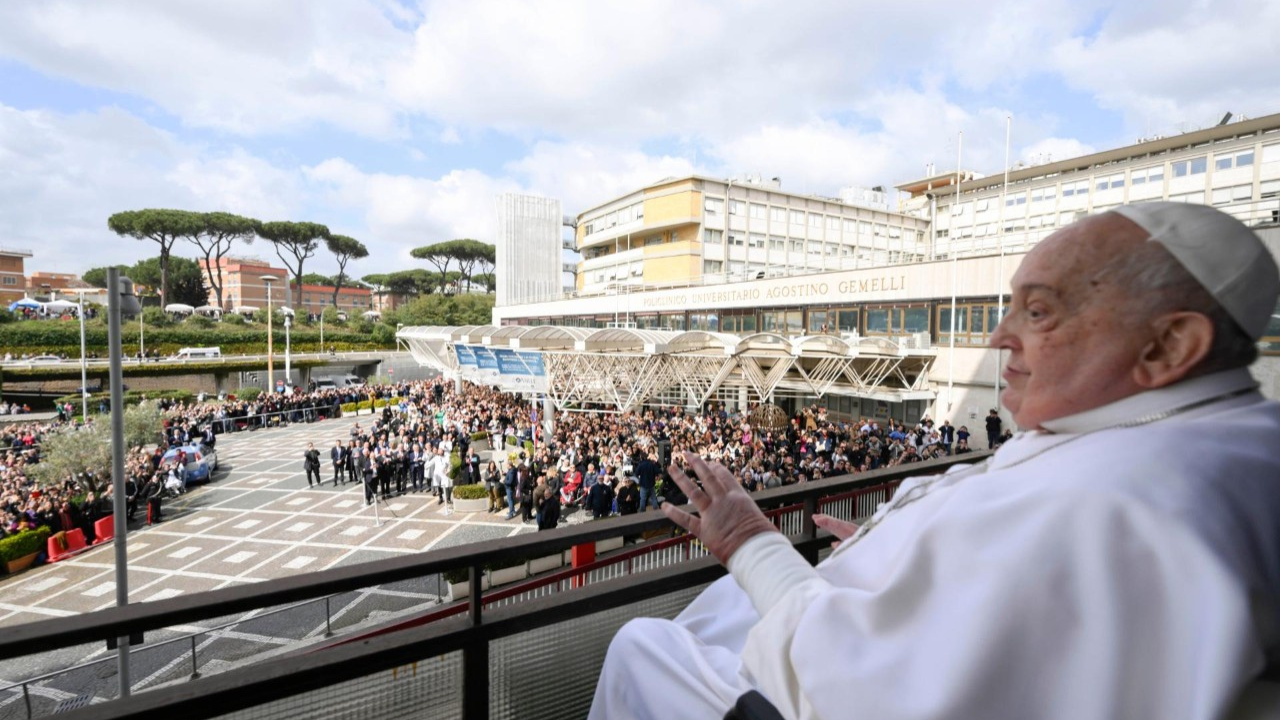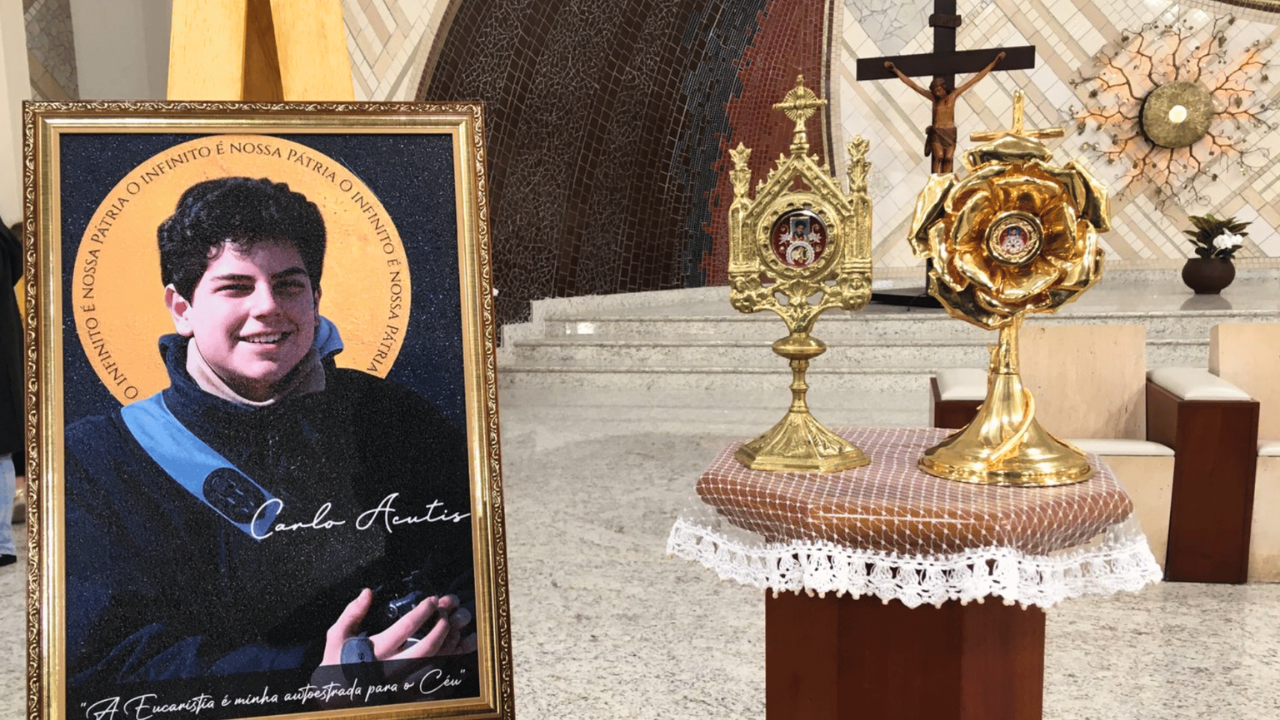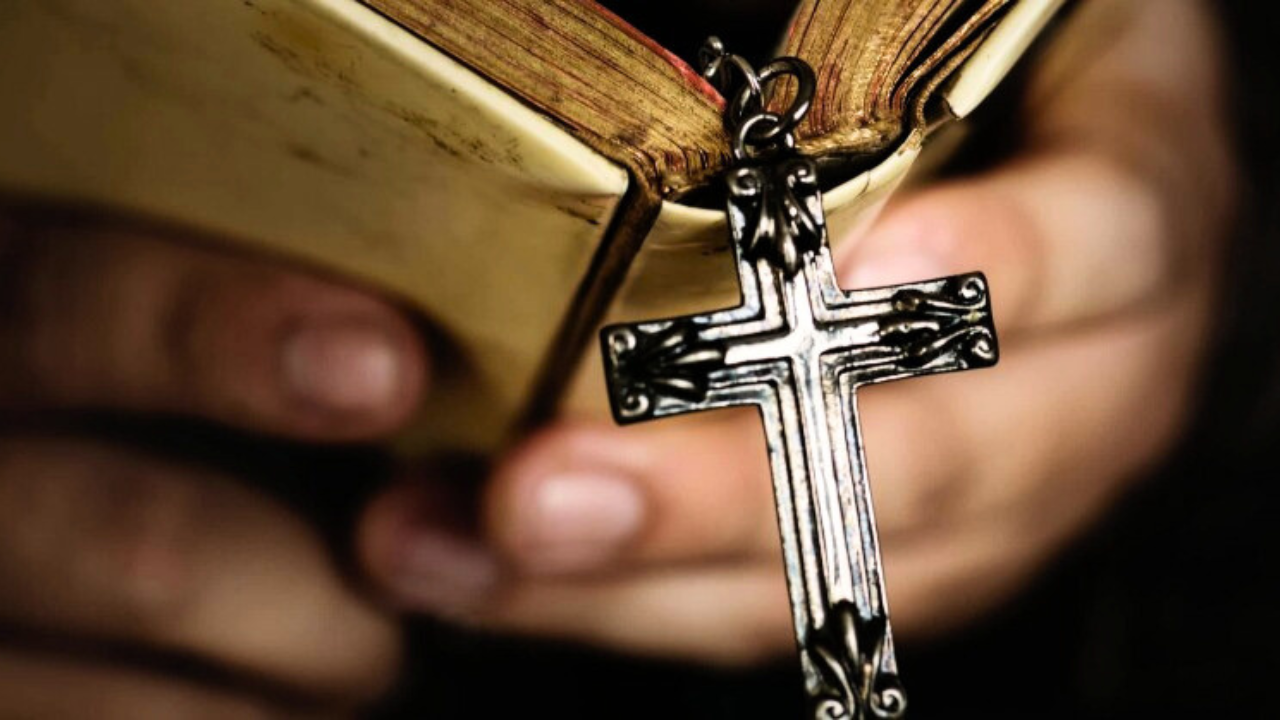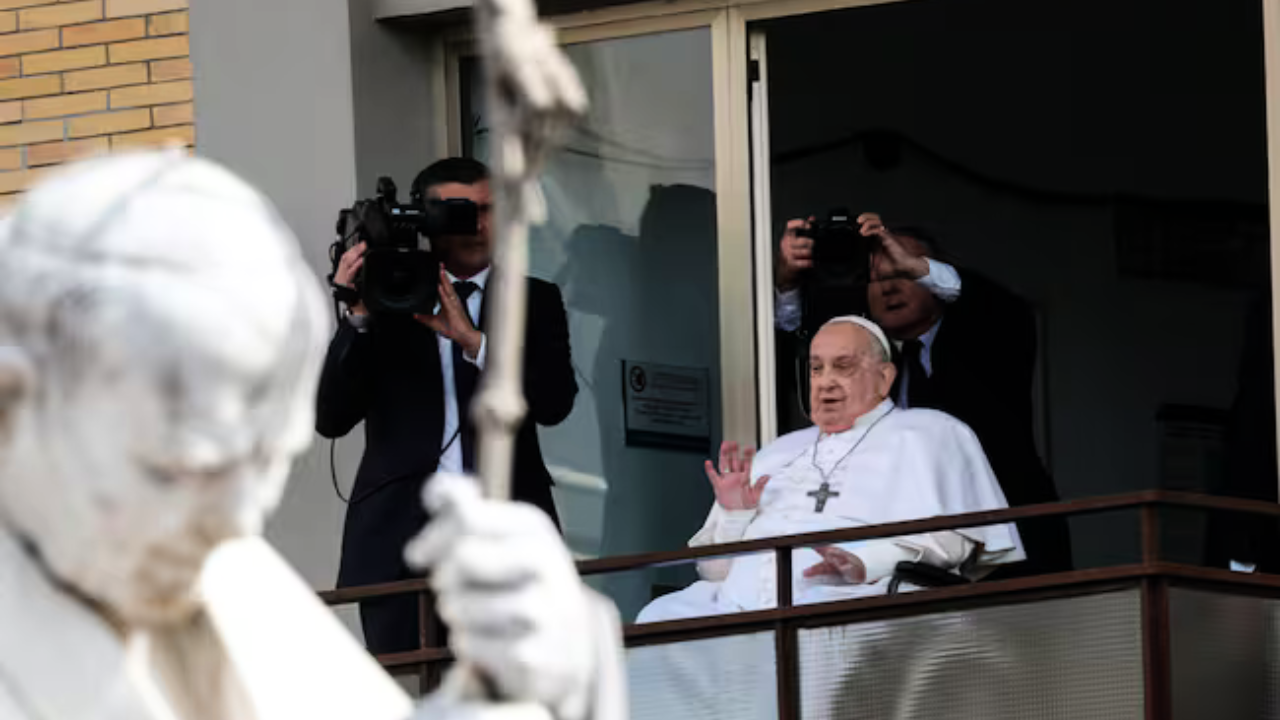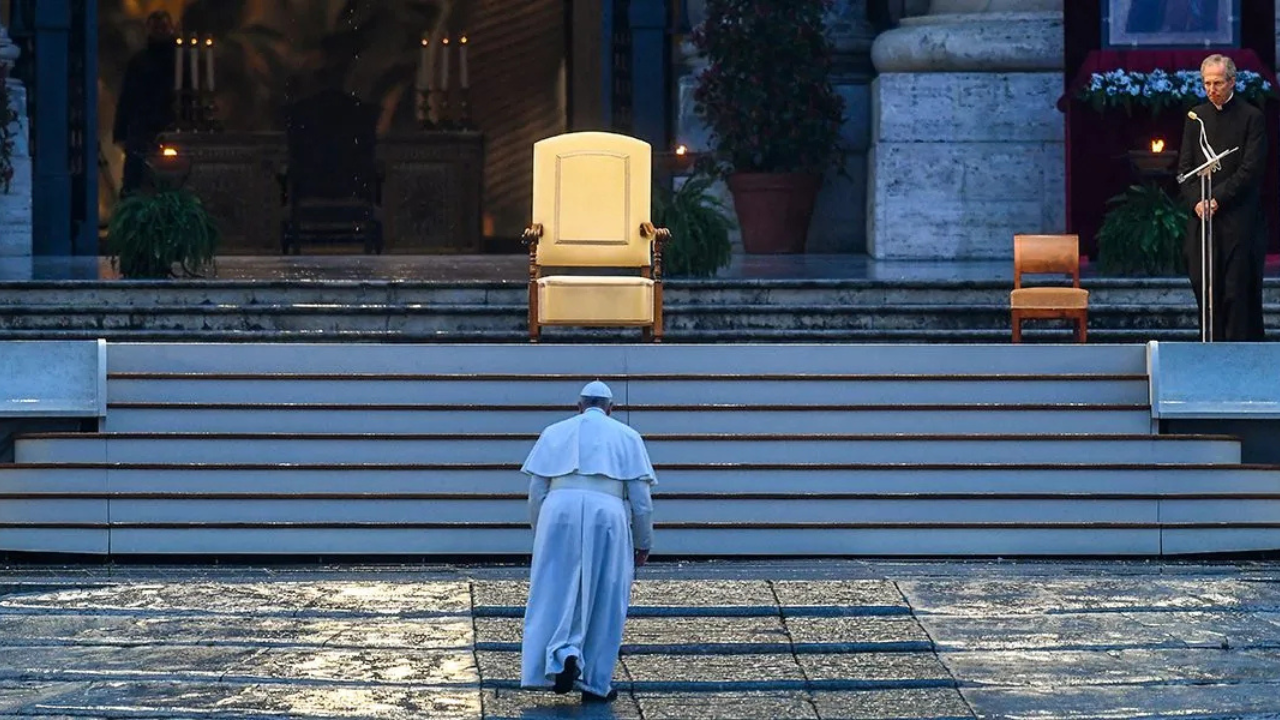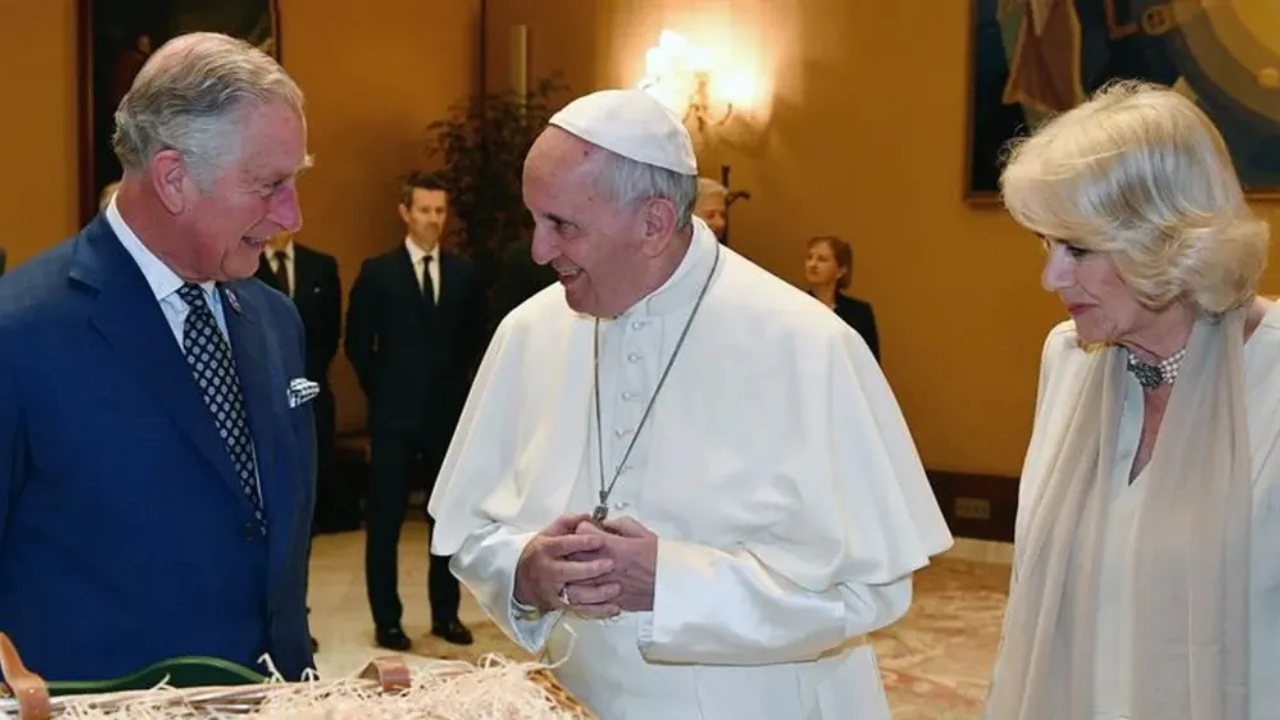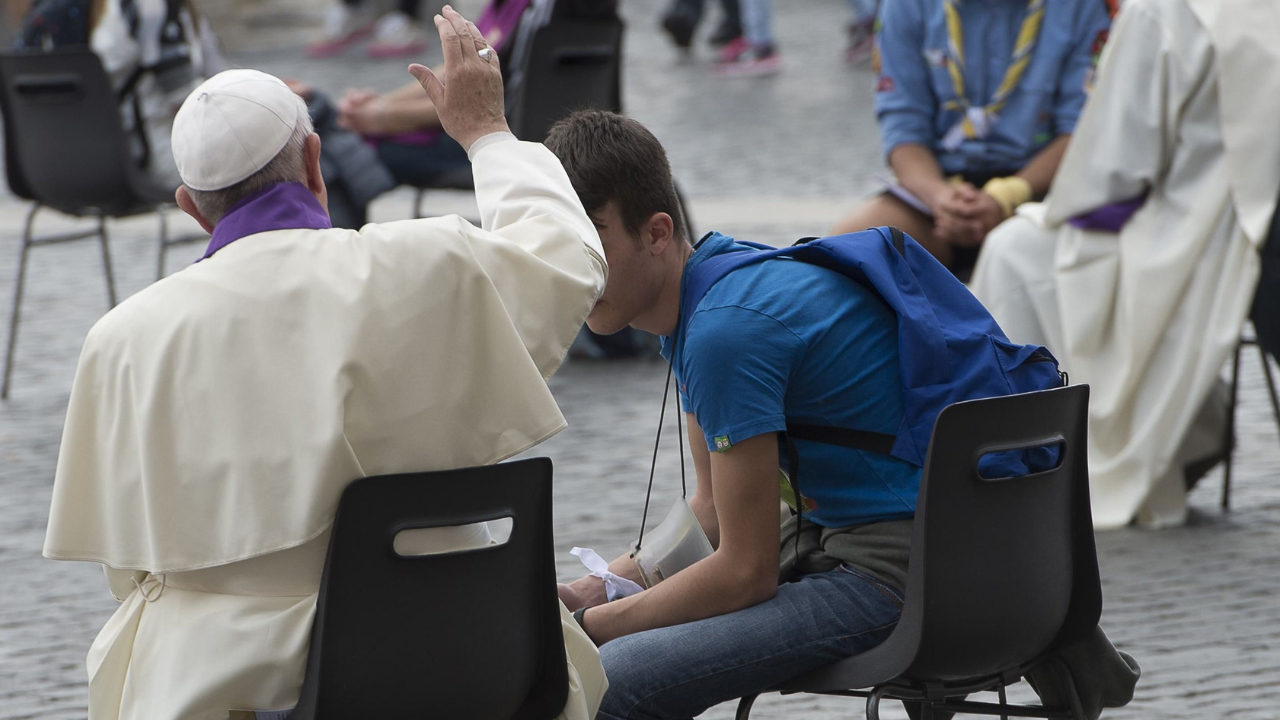The Catholic convert Gilbert Keith Chesterton was a journalist, poet, novelist and playwright among many other talents. Experts say he was one of the most prolific writers of his time.
Chesterton was born in 1874 in Kensington, England. During his life time he produced 100 books, over 5,000 essays for newspapers and magazines, and over 1,500 pages of poetry. Some of his most important books on the Catholic faith are Orthodox and Everlasting Man.
WHAT DID HE SAY?
According to Dale Ahlquist, President of the American Chesterton Society, Chesterton was able to attract people because he was a modern day prophet.
DALE AHLQUIST
President, Society of Gilbert Keith Chesterton
“He saw the lack of faith coming, the crisis in families falling apart and an attack on morality. However, he also showed us solutions. He showed us how to get back on the right track.”
As Ahlquist says, one of Chesterton's books “What's Wrong with the World?” began to identify modern day problems within governments, feminism and public education.
WHY ARE HIS APOLOGETIC WORKS IMPORTANT?
According to Fr. John Wauck, Professor of Literature and Communication of the Faith at Pontifical University of Holy Cross, Chesterton's apologetic works are appealing because of their universal and timeless quality.
FR. JOHN WAUCK
Professor of Communication, Pontifical University of Holy Cross
“Chesterton's view is already extremely broad and it really applies to anyone, anywhere at anytime. He could be writing for someone in the Middle Ages; or he could be writing for someone in the Renaissance; or writing for someone today.”
He says Chesterton's skill in apologetic also comes from living in a non-Catholic country such as England. As a consequence, one is under constant scrutiny and has to understand and explain their faith more.
WHY WERE THE SAINTS IMPORTANT FOR HIM?
According to Susan Hanssen, Associate Professor of History at the University of Dallas, Chesterton also had a great fascination in examining and writing about saints, in particular St. Francis of Assisi and St. Thomas Aquinas.
SUSAN HANSSEN
History Professor, University of Dallas
“Chesterton was obsessed with the idea that two such different figures: the flame like figure of St. Francis of Assisi and the ox like figure of St. Thomas of Aquinas could both reflect Jesus Christ in two such different ways.”
Additionally, she mentions that despite getting into debates and arguments with people such as George Bernard Shaw and H.G. Wells, Chesterton always kept a great sense of humor and maintained relationships with people he disagreed with.
Chesterton continues to attract peoples' attention including Pope Francis. When Archbishop of Buenos Aires, Argentina, Jorge Mario Bergoglio approved a prayer for Chesterton's intercession.

